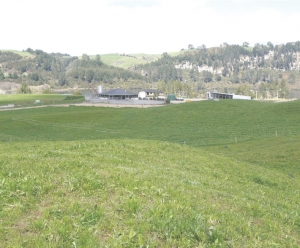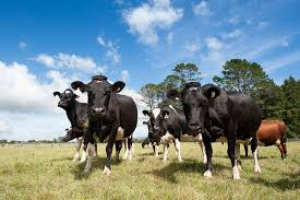Strong turnover indicators during the winter have reinforced a noticeable lift in underlying price trends. Recent month-on-month dairy property turnover has been solid running at about 80% of the 10-year average. In September 2013 there were 10 dairy farms sold at a median sale value of $43,013/ha.
The median farm size was 144ha in a range of 45ha in Waikato to 443ha in Otago. In August eight dairy farms were sold at an average sale price of $31,755/ha, or $44/kgMS.
The average farm size was 130ha and the average production per hectare was 725kgMS. In July, 10 dairy farms were sold at an average value of $35,720/ha, or $41/kgMS. In the three months July-September 2013 the median sales price per hectare for dairy farms was $34,912 (28 properties), compared to $32,234 for the three months ended August 2013 (35) and $19,604 (9 ) for the three months ended September 2012.
The median dairy farm size for the three months ended September 2013 was 149ha. The median production per hectare across all dairy farms sold in September 2013 was 1,016/kgMS. The REINZ Dairy Farm Price Index rose by 0.4% in the three months to September compared to the three months to August, from 1776.1 to 1782.5 (see table). The REINZ Dairy Farm Price Index has risen by 8.3% in the year to September 2013.
The index adjusts for differences in farm size and location compared to the median price per hectare, which does not adjust for these factors. The index has been stable over the last six months with a rise of 2.12% since March 2013 and a rise of only 1.86% since the start of 2013 which accounts for the large drop in the index between January and February 2013 which mirrored the large drop in milk production per hectare over this time due to last summer’s drought.
With the bulk of the $51bn in agricultural sector debt secured on dairy farms, interest rates are one factor that can hamper the prospects for the dairy property market and industry overall.
Financial markets have done an about-face recently and fixed interest rates have been pushed much higher on wholesale markets which has translated to higher long-term mortgage rates in New Zealand. Long-term fixed interest rates give a fair indication of where overall rates are heading and until recently long-term interest rates were not much different from short term rates. However with the rise in long term interest rates and little change for short-term or floating rates there is no longer an obvious opportunity by taking one term over another.
This means many interest rate calculations such as ‘fix or float’ have changed so now is the time to sit down and start planning for higher interest rates in 2014 and beyond.
















